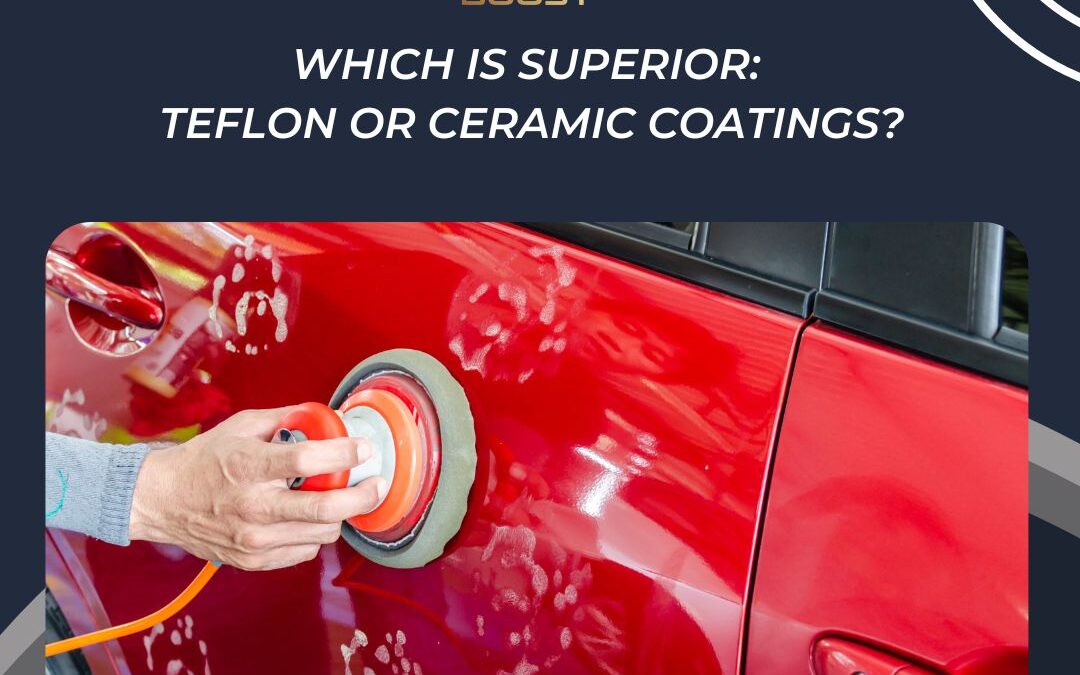Car manufacturers have used a variety of coatings on their vehicles over the years to make them harder and last longer. Teflon, a type of polymer, has been used on many automobiles for years. On the other hand, Ceramic coatings are becoming more popular because they have several advantages over Teflon. This article will compare and contrast the two coating types and determine which is better for which type of vehicle.
What is the difference between Teflon and Ceramic Coating?
Teflon and ceramic coating are two types of coatings that can be used on objects such as automobiles and bicycles. Teflon is a fluoropolymer-based thermal-resistant coating considered the “original” nonstick surface. In contrast, ceramic coating is a heat-resistant material created by fusing two different types of clay together.
Pros and Cons of Teflon vs. Ceramic Coating
Both coatings have advantages and disadvantages. Teflon has been around for a long time and is widely regarded as the superior coating. It is oil, grease, and water resistant, making it ideal for cookware, pans, and other kitchen appliances. On the other hand, Ceramic coating has grown in popularity in recent years due to its superior heat resistance. This makes it ideal for vehicles such as cars and motorcycles, where temperatures can soar.
Overall, depending on the application, both coatings are viable options. Teflon may be easier to apply than a ceramic coating, but both provide good heat and grease resistance.
Which is better for my car or bike: Teflon or ceramic coating?
There are several types of coatings for cars and motorcycles to choose from. Teflon and ceramic are two of the most common materials, and each has advantages. Here’s an explanation of what they are and how they work.
Teflon is a popular car coating because it is nonsticky and resists wear and tear. It also remains clean, which is important because oil and dirt can cause the coating to become dirty and adhere to the metal surface less effectively. Ceramic coatings, like Teflon, are nonsticky and resistant to wear and tear, but they also have a few other advantages. For one thing, they are heat-resistant and thus work well on hot surfaces such as engines. They’re also scratch-resistant, ideal for bikes because they’re frequently used on rough roads.
Finally, it is determined by the function of your coating. Teflon is the best option if you want resistance to wear and tear. Ceramics may be preferable if you need it to remain clean while protecting the metal surface.
Conclusion
The jury is still out on car and bike Teflon or ceramic coating. Both have advantages and disadvantages, but it ultimately comes down to what you want in a layer. Ceramic coatings resist corrosion and oxidation, whereas Teflon coatings are nonstick and resist moisture buildup. So, which should you go with?
That answer is more challenging because each has its advantages and disadvantages. Finally, it comes down to your personal needs and preferences. If you want the best corrosion and oxidation resistance, go with a ceramic coating; if you want a layer of protection to keep your bike or car from sticking to everything, Teflon is probably the better choice.


Recent Comments